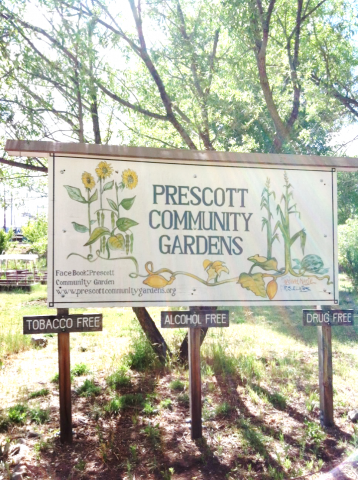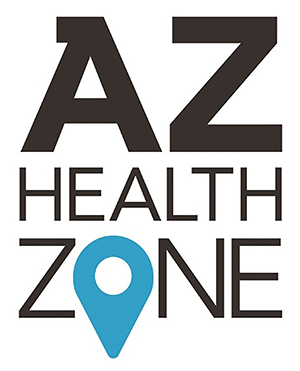
Over the last few months I’ve heard many questions about evaluating community, school, and home gardens, which is strategy #2 in Arizona’s SNAP-Ed work plan. I wanted to share some tips and resources that may help your program document outcomes for the school and community gardens that you establish, support and/or help sustain in your community.
This the first in a two part series on assessing gardens and/or community food systems. Part 2 will describe specific indicators for evaluating gardens that may be especially pertinent to SNAP-Ed efforts. Evaluation of single home and early childcare gardens is also gaining in popularity with SNAP-Ed programs in Arizona. I’ll “dig” into those topics later on in the fiscal year.
Resources abound on how to start, assess, and support gardens in the community. The right one for you will depend on what type(s) of gardening you are focused on. Here are a few to take a look at, which I consider to be particularly relevant to SNAP-Ed programming:
School Gardens
- Evaluation for Transformation – This highly detailed evaluation toolkit will provide information on how to evaluate multiple components of a school garden and/or farm to school program.
- The Farm to School census and “find your school district” feature focuses on how school based gardens and farm to school efforts are going in Arizona. Use this data if you are working on a formative assessment – in other words, if you are looking for data to inform and describe the state of school gardens in Arizona or in a particular district/community.
Community Gardens
- SNAP-Ed Evaluation Framework and Interpretive Guide – It can be very helpful to go right to the source of SNAP-Ed evaluation guidance to understand the national vision for evaluating gardens. Here, I encourage you to review indicators ST6-Champions and ST7-Partnerships, which describe ways to capture successes at the garden setting level. If you are working more at the sectors of influence level, then MT7-Government Policies or LT12-Food Systems may be right for you.
- One of my favorite resources is the Urban Garden Data Collection Toolkit, from the Design Trust for Public Space, which offers very in-depth instructions and indicators for doing an outcomes evaluation of urban gardens that will help you understand what the garden has achieved. While geared toward urban spaces, suburban, exurban, and more rural areas may find indicators that are also relevant. There is also a short video instruction series!
And for a primer on community-level opportunities to encourage gardens, check out the Change Lab Solutions webinar, “Community Gardens for Public Health” found here.



